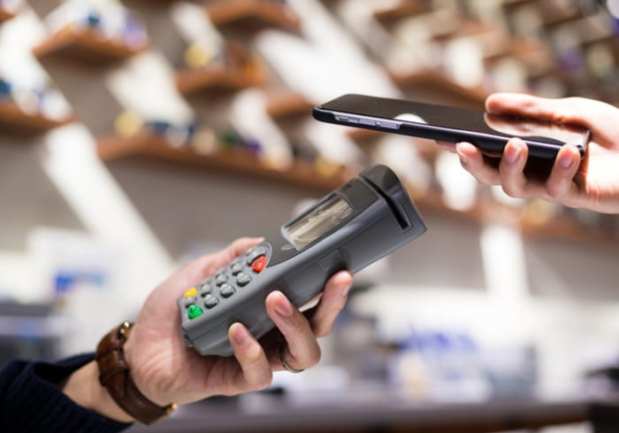How Innovative mPOS Is Paving The Way To A Self-Checkout Future

To serve customers who want to shop in stores and online, retailers and solution providers are working to offer a unified retail experience across multiple channels. They aim to help shoppers move seamlessly from browsing a merchant’s website to perusing the aisles of brick-and-mortar stores through shared carts and other digital payment experiences.
In some cases, brands like Loblaw and Nike are letting shoppers use their mobile phones to pay for their purchases at their physical stores. According to the latest PYMNTS mPOS Tracker, almost two thirds – or 63 percent – of retailers plan to offer this option within the next three years.
For retailers that struggle to maintain a seamless experience through multiple channels, solution providers are rolling out new tools such as software development kits (SDKs). From Dollar General to Roche Bros., these are some of the ways that retailers are integrating cross-channel POS experiences into their stores:
More than six in 10 — or 63 percent — of North American retailers plan to provide mPOS solutions that leverage customers’ own mobile devices within three years. Last year, Dollar General rolled out a new mobile app that enables customers to scan and pay for items in the store using their smartphones. The app, which was released in May, is available in Apple’s App Store and on Google Play. Shoppers scan their selections as digital coupons are automatically applied, and can pay by scanning a quick response (QR) code at a dedicated checkout tablet at the front of the store. Customers bag their purchases at a checkout station, and a receipt is available through the app or via email.
The projected value of the global POS software market by 2024 is said to be $30.9 billion. And retailers are integrating new POS solutions into their brick-and-mortar stores: Toshiba Global Commerce Solutions recently announced that its TCx™ 300 system would arrive in all of Roche Bros.’ Massachusetts locations. To begin the process, the retailer was said to bring 100 POS systems and accompanying TCx displays into seven of its stores. By March, 200 additional lanes are set to arrive at the company’s other 13 stores. Roche Bros. Chief Information Officer John Lauderbach said in a press release in early January, “Our adoption of the company’s premium point-of-sale technology has already proven successful by enabling faster, more frictionless transactions for both our associates and customers.”
The approximate value of Fiserv’s stock-based acquisition deal for First Data was $22 billion. The deal, which was announced by the company in January, marked a landmark occasion in the FinTech sector. Fiserv CEO Jeffery Yabuki was set to be CEO of the merged firms. In addition, First Data CEO Frank Bisignano was set to be president and COO. The firms said in a statement at the time that end users would benefit from a “highly complementary combination” that offers a range of payments and financial services spanning integrated payments, account processing and digital banking, as well as the Clover POS system, among other offerings.
Almost six in 10 — or 56 percent — of consumers are more likely to shop at a retailer that enables them to share a cart across channels. The finding was reported by Boston Retail Partners in its 20th annual POS/Customer Engagement Benchmark Survey. Moreover, the survey found that half of consumers indicated they would probably let merchants save their preferences, personal history and personal details in the event that the process would help give them individualized deals and an easier checkout. BRP Senior VP and Practice Lead Perry Kramer said, according to the reports, “As customer expectations for an increasingly customized experience increase and evolve, retailers are adopting new ways to identify customers and personalize their shopping journey.”
And nearly three quarters — or 73 percent — of consumers want self-service technology, such as self-checkout. Online furniture startup Tudecora is taking clerk-less commerce into its store in Madrid, Spain. To gain access to the store, shoppers log into the retailer’s app and ask for entry to the space. After the company reviews the request, its system generates an “open” message that unlocks the shop. When a customer is ready to make a purchase, the store guides them to a set of custom touchscreens that will walk them through the purchase process. The shop, which is unstaffed, is open at all hours of the day and on holidays. (The furniture itself is protected by an array of sensor technologies and security cameras.)
From Tudecora to Dollar General, retailers with brick-and-mortar locations are creating new cross-channel experiences with the help of mPOS technology. And these implementations are not limited to retailers with physical stores: As consumers turn away from cash, mobile retailers such as food trucks are also turning to POS technology, as they head into a future of digital payments.
